Unless they’re also producing or directing, screenwriters are a largely unknown cog in the movie-making wheel, which is a bit of a travesty considering just how difficult it is to write a script and get it into production. To provide some perspective, The Writers Guild of America estimates around 50,000 new screenplays are registered annually with only 50 or so being sold (it’s statistically more likely to be born a twin than it is to sell a screenplay). Imagine then, what an incredible achievement it is to produce one of the best screenplays of all time.
Honing in on Westerns in particular, that have to overcome a myriad of other production issues such as budget, location, costumes and cast size, the odds of writing something good enough to attract an audience large enough to warrant the investment are minute. While Westerns have seen a recent resurgence, driven in part by the hugely successful TV series Yellowstone written by Taylor Sheridan, the genre has never been universally the most popular. So hats off to these incredible writers, who, against all odds, penned the screenplays for the greatest Western movies ever seen.
10 ‘Stagecoach’ (1939)
Screenplay by Dudley Nichols and Ben Hecht
A prostitute, an alcoholic and a whiskey salesman step onto a stagecoach; it sounds like the start of a bad joke, but these are just three of the folks on the trail from Arizona to New Mexico in the movie Stagecoach. The rest of the party includes a gambler, the pregnant wife of an army officer and a bank manager and along the way they run into an infamous outlaw known as The Ringo Kid. What producer or viewer could fail to be seduced by the tale of this unlikely bunch, particularly when they come under the threat of the Apache warrior Geronimo.
Based on the story ‘Stage To Lordsburg’ by Ernest Haycox, Stagecoach is a brilliant character-driven story where each participant has a complex backstory that compliments or conflicts with the other players. The introduction of the main protagonist, Ringo, can only be described as the coolest 5 minutes in a John Wayne Western. Although he’d been cast in several Western roles before, this was the one that shot Wayne to stardom and sealed his place as the iconic cowboy hero.
9 ‘The Wild Bunch’ (1969)
Screenplay by Sam Peckinpah and Walon Green
By 1913, the Wild West was pretty well-tamed, but a gang of long-in-the-tooth outlaws led by Pike Bishop (William Holden) are looking for one last big score before settling into retirement. After a botched robbery, the surviving gang members head on down Mexico way with a posse of bounty hunters hot on their heels. Once there, they see a chance to restore their fortune by stealing a shipment of guns for General Mapache’s (Emilio Fernández) revolutionary army. With a price on their heads and a posse closing in, will The Wild Bunch’s past finally catch up with them?
‘Pike Bishop is not a hero, his values are not ours, he’s a gunfighter, a criminal, a bank robber, a killer of men’. These awesome words are used in the screenplay to introduce the main protagonist of The Wild Bunch and Peckinpah, who was also the director, does a fantastic job of capturing his essence in one of the best opening scenes in a Western.
8 ‘The Searchers’ (1956)
Screenplay by Frank S. Nugent
Ethan Edwards (John Wayne) is a man as hard as the country he’s crossing on his way back from the Civil War to his brother’s Texas ranch, but the reunion is brief. While Ethan and his brother’s adopted son, Martin (Jeffery Hunter), are helping a neighbor track down some missing cattle, Comanches attack the ranch, massacre the family and take two young daughters captive. Thirsty for revenge, Ethan sets out with Martin to find his nieces. On their years-long search, Martin, who is one-quarter Cherokee, starts to realize that Ethan’s hatred of Indians runs deep.
Nugent was credited with 21 screenplays, more than half of which were westerns. The Searchers, which is his most well known, set the standard for many epic movies that followed and is considered by many to be one of the best John Wayne movies of all time. The Duke himself was so enamored by the character he played he named his youngest son Ethan.
7 ‘Dances With Wolves’ (1990)
Screenplay by Michael Blake
Apart from being a great Western movie title, Dances With Wolves is the Sioux name bestowed on Lt. John Dunbar (Kevin Costner), who befriends the local tribe after being stationed at a deserted post on the western frontier. With the help of Stands With A Fist (Mary McDonnell), a white woman raised by the Sioux, Dunbar gradually earns the mutual respect of the native people, and becomes conflicted by his commitment to the military.
Kevin Costner has featured in several westerns, but Dances With Wolves is a unique and very poignant movie that avoids a lot of stereotypes by telling the story from both sides of the fence. Costner, who also directed, was made an honorary member of the Lakota Nation because of the film’s sympathetic treatment of Native Americans.
6 ‘The Good, The Bad and The Ugly’ (1966)
Screenplay by Luciano Vincenzoni and Sergio Leone
Blondie (Clint Eastwood) and Tuco (Eli Wallach) are on the hunt for a fortune in gold, with each man having different information regarding its whereabouts. Then a cold-blooded killer named Sentenza (Lee Van Cleef) finds out about the hidden stash too, leading to an intense showdown.
The Good, The Bad and The Ugly has to be the greatest title anyone could come up with for a western movie, complimented by one of the most recognizable outlaw riffs. The film also has one of the best opening scenes in a Western movie. The suspense built by the howling wind and clattering shutters as three unnamed strangers strut purposefully towards each other is enough to give anyone chills.
5 ‘High Noon’ (1952)
Screenplay by Carl Foreman
Now he’s a married man, Marshal Will Kane (Gary Cooper) reluctantly hangs up his badge, ready to start a new life with his beautiful new bride, Amy (Grace Kelly). Then he finds out that a man named Frank Miller (Ian Macdonald), who he sent to the slammer years earlier, has just been pardoned and is out for revenge. With none of the townspeople willing to help, Kane is left to face down Miller and his gang alone.
With a flawless storyline and some of the best acting in a western movie, it’s no surprise that High Noonis ranked among the American Film Institute’s top 100 films of all time. Foreman earned an Oscar nomination for his screenwriting, but this was the last film he was able to work on for the next six years, as he was blacklisted by Hollywood for his suspected involvement with the Communist Party.
4 ‘True Grit’ (2010)
Screenplay by Joel and Ethan Coen
When her father is murdered by his farmhand, Tom Chaney (Josh Brolin), young Mattie (Hailee Steinfeld) sets out determined to capture the killer. To help in her quest, she hires Rooster Cogburn (Jeff Bridges), the toughest U.S. marshal she can find, and insists on accompanying him through even the most hostile Indian territory. Later, they’re joined by Texas Ranger LaBoeuf (Matt Damon), who has his own interests in Chaney. All three will have their grit tested during this epic manhunt.
The original version of True Grit written by Marguerite Roberts and released in 1969 was a commercial success, but The Coen Brother’s version is one of the best western remakes ever. While both screenplays are based on the novel by Charles Portis, The Coen Brother’s version was much closer to the original story and managed to better capture the true savagery of the west.
3 ‘Django Unchained’ (2012)
Screenplay by Quentin Tarantino
In a version of the West only Tarantino can pull off, a bounty-hunter named Dr. King Schultz (Christoph Waltz) recruits a slave named Django (Jamie Foxx) to help him identify his latest quarry. The two eventually become friends and Schultz agrees to help Django find and rescue his wife, Broomhilda. They find out she was sold off to a powerful and ruthless plantation owner named Calvin Candie (Leonardo DiCaprio) and that it’s going to take a lot more than money to get her back.
Tarantino is a hugely talented screenwriter who’s not afraid to tackle controversial subjects and Django Unchained is no exception. The portrayal of the Candyland plantation and the life of slaves and slave owners is certainly not sugar-coated, but is an enthralling watch for those who have the stomach for it.
2 ‘Unforgiven’ (1992)
Screenplay by David Webb Peoples
The prostitutes of Big Whiskey are incensed by Sheriff Daggett’s (Gene Hackman) heavy-handed injustice and decide to take matters into their own hands by putting out a bounty on two men that caused one of them serious harm. The bounty attracts an inexperienced gunman called, The Schofield Kid (Jaimz Woolvett), who recruits the help of retired gunslinger William Munny (Clint Eastwood), who is now a widower and struggling to raise two young kids on his farm. Munny’s old partner, Logan (Morgan Freeman), joins the gang and the three of them are drawn into a deadly conflict.
Unforgiven is a tale about the darker side of the west where the lines of right and wrong become completely blurred. The story is compelling and the casting top-notch, and it’s no surprise that Unforgiven was a Western that won several Oscars. What is surprising is that none of the Oscars were for screenwriting.
1 ‘Butch Cassidy and the Sundance Kid’ (1969)
Screenplay by William Goldman
Butch Cassidy (Paul Newman) and The Sundance Kid (Robert Redford) are the leaders of the Hole-in-the-Wall Gang and two of the most charming outlaws the west has ever seen. With a posse at their heels, the wind in their hair and a foot-tapping soundtrack in their ears, we follow the lovable rogues from Wyoming to New York to Bolivia, hoping against hope their luck never runs out.
‘Not that it matters, but what follows is true’ are the words written on the opening page of this screenplay, which is brilliantly descriptive of the nonchalant style of Butch Cassidy and the Sundance Kid, a story of two devil-may-care outlaws expertly captured by Newman and Redford. William Goldman most deservedly won an Academy Award for Best Original Screenplay after spending more than 8 years researching the history of Butch and Sundance and was instrumental in creating one of the best ever movies based on true crime.


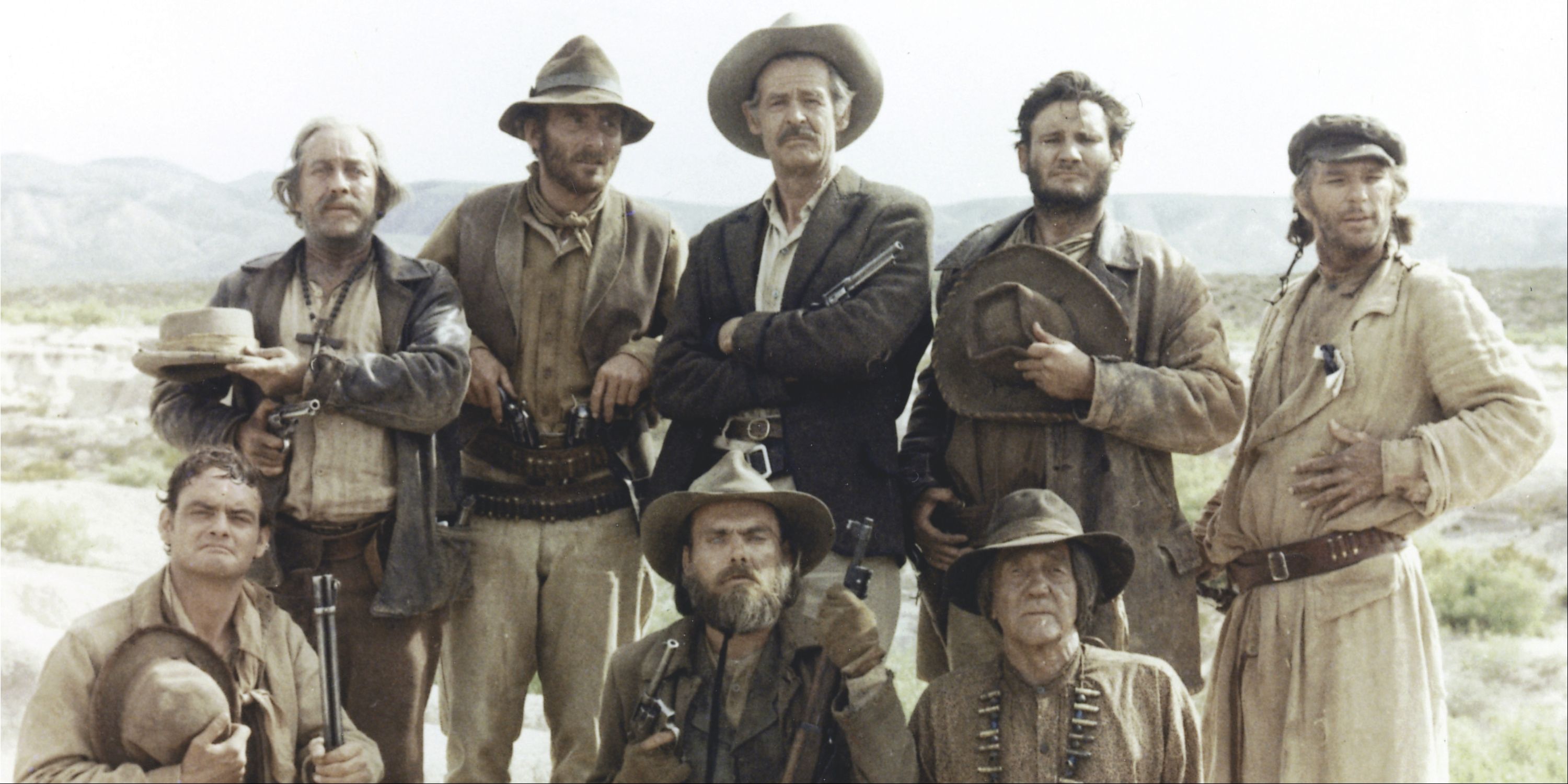
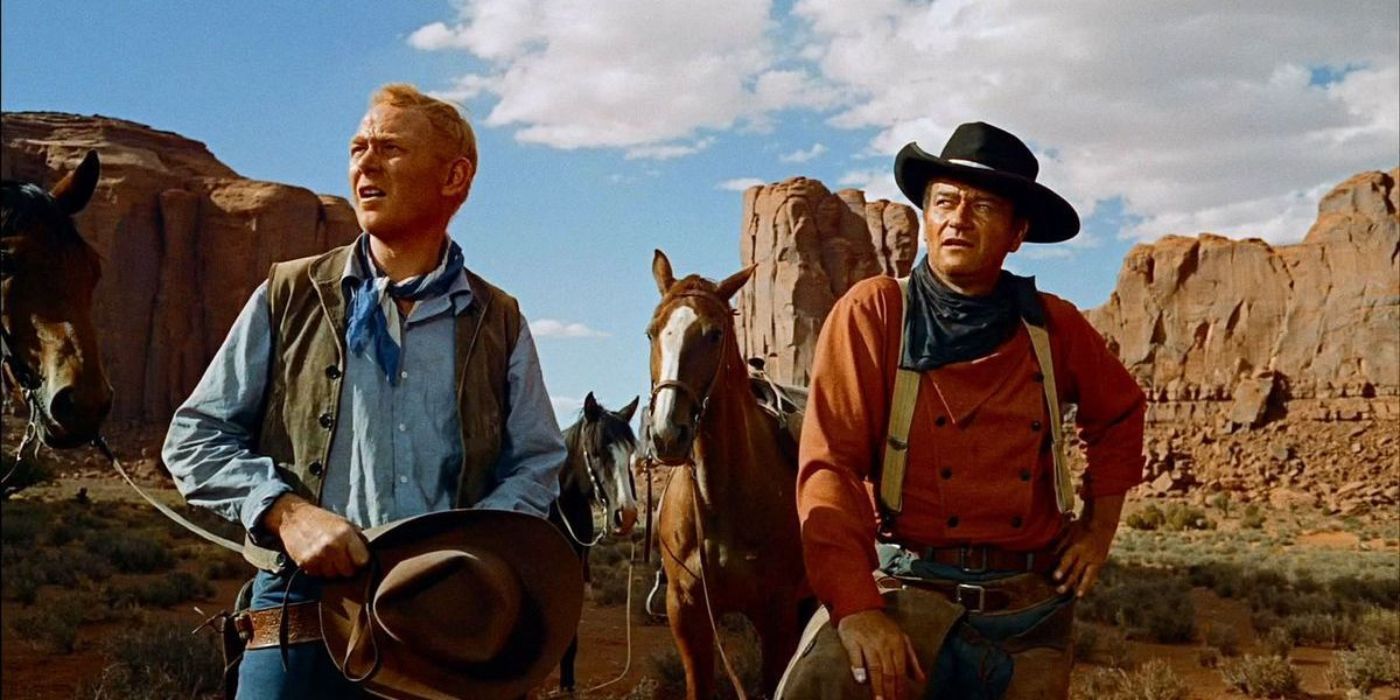
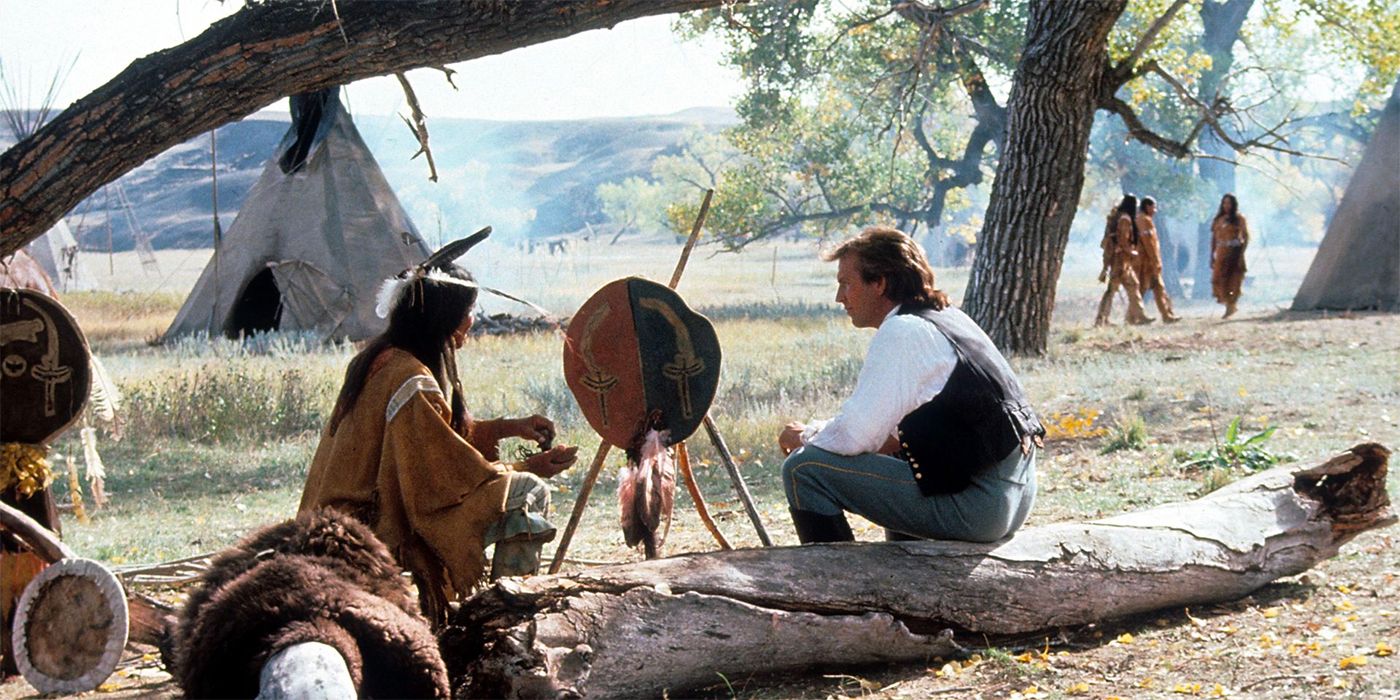
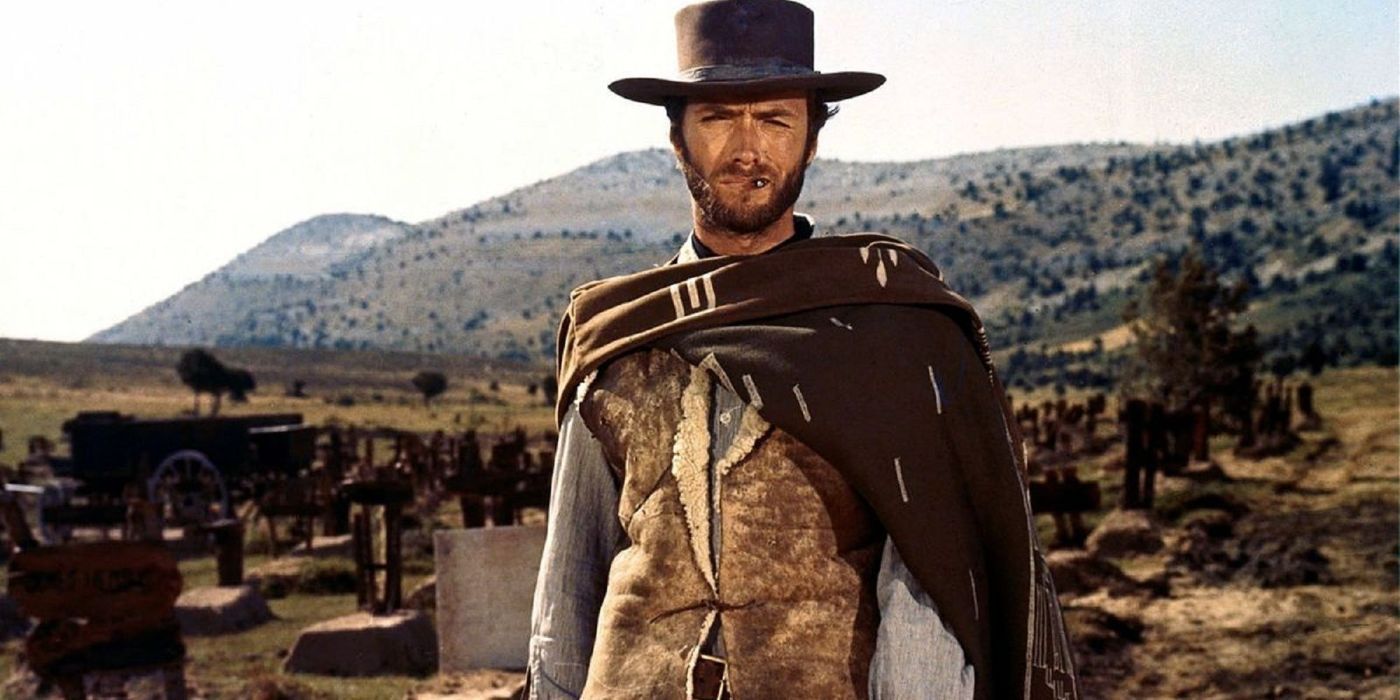
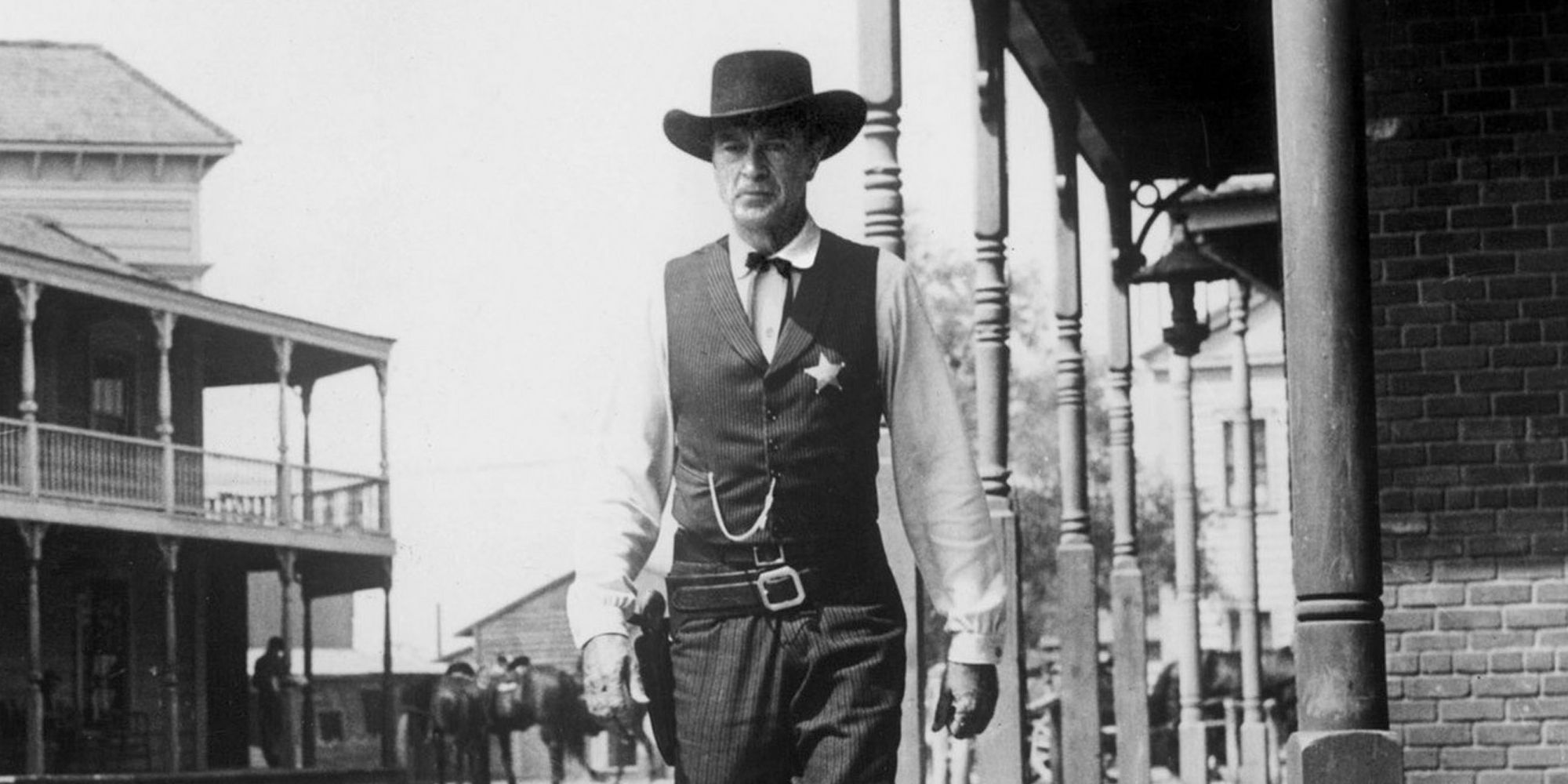
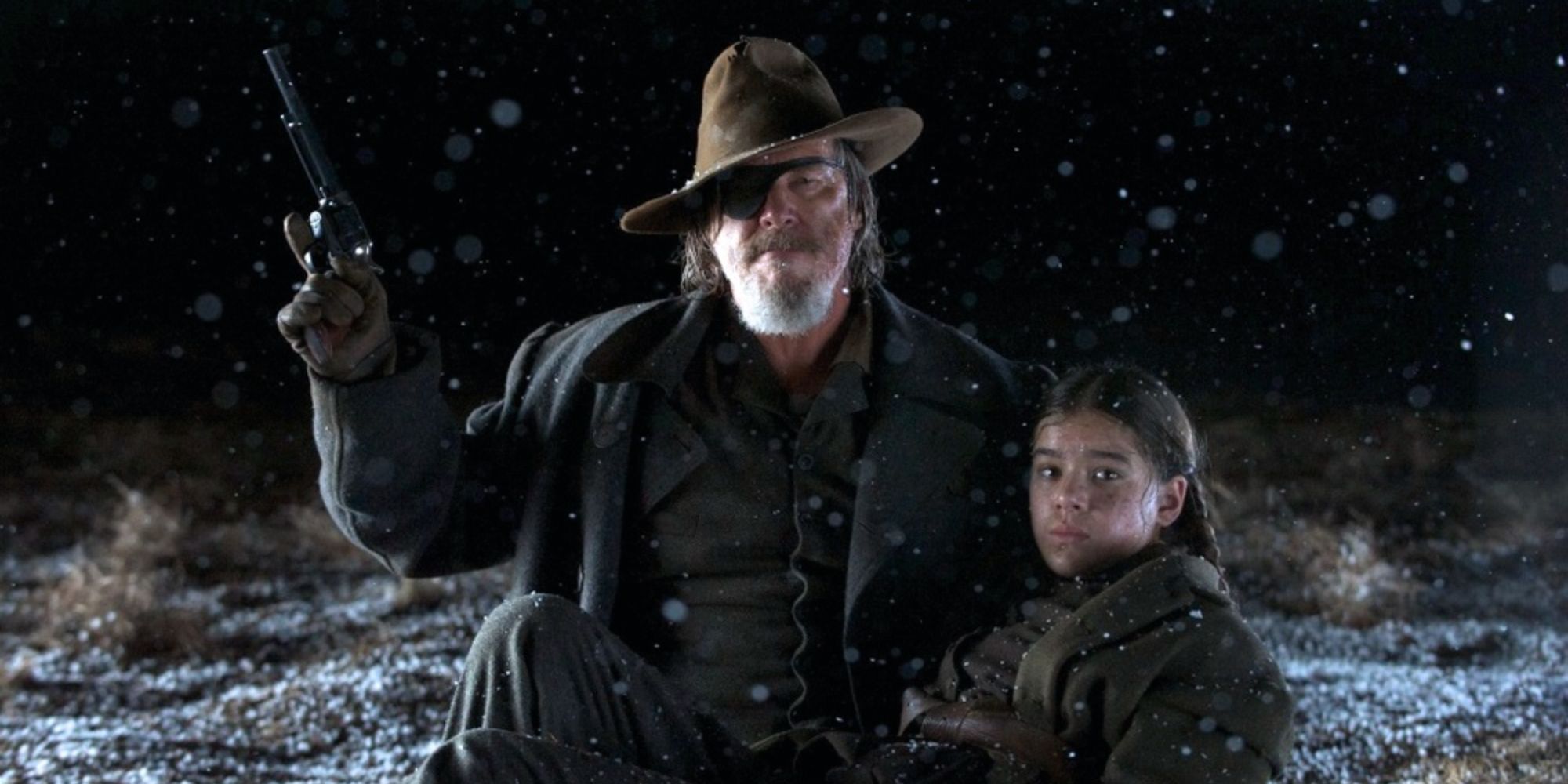
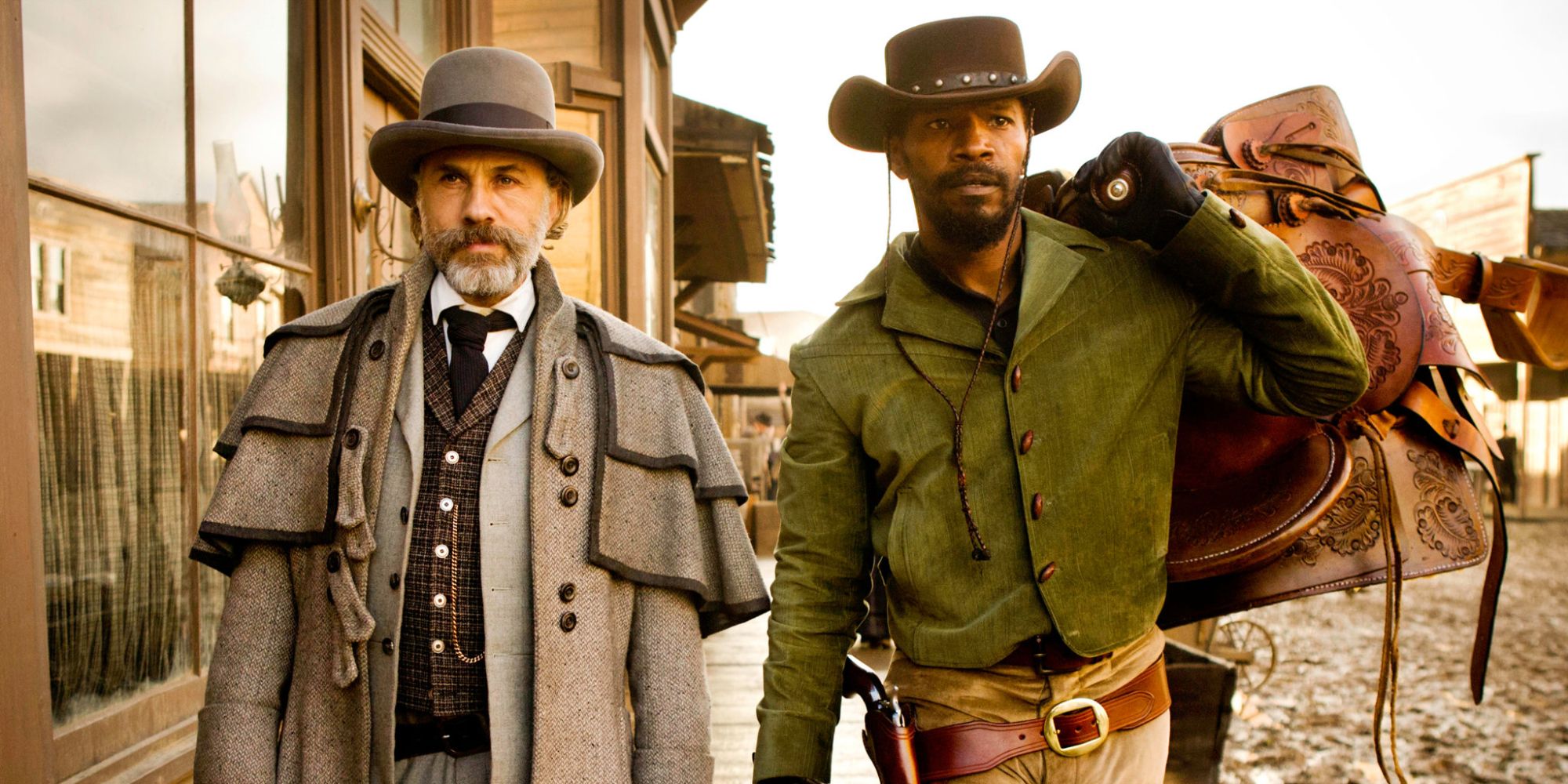
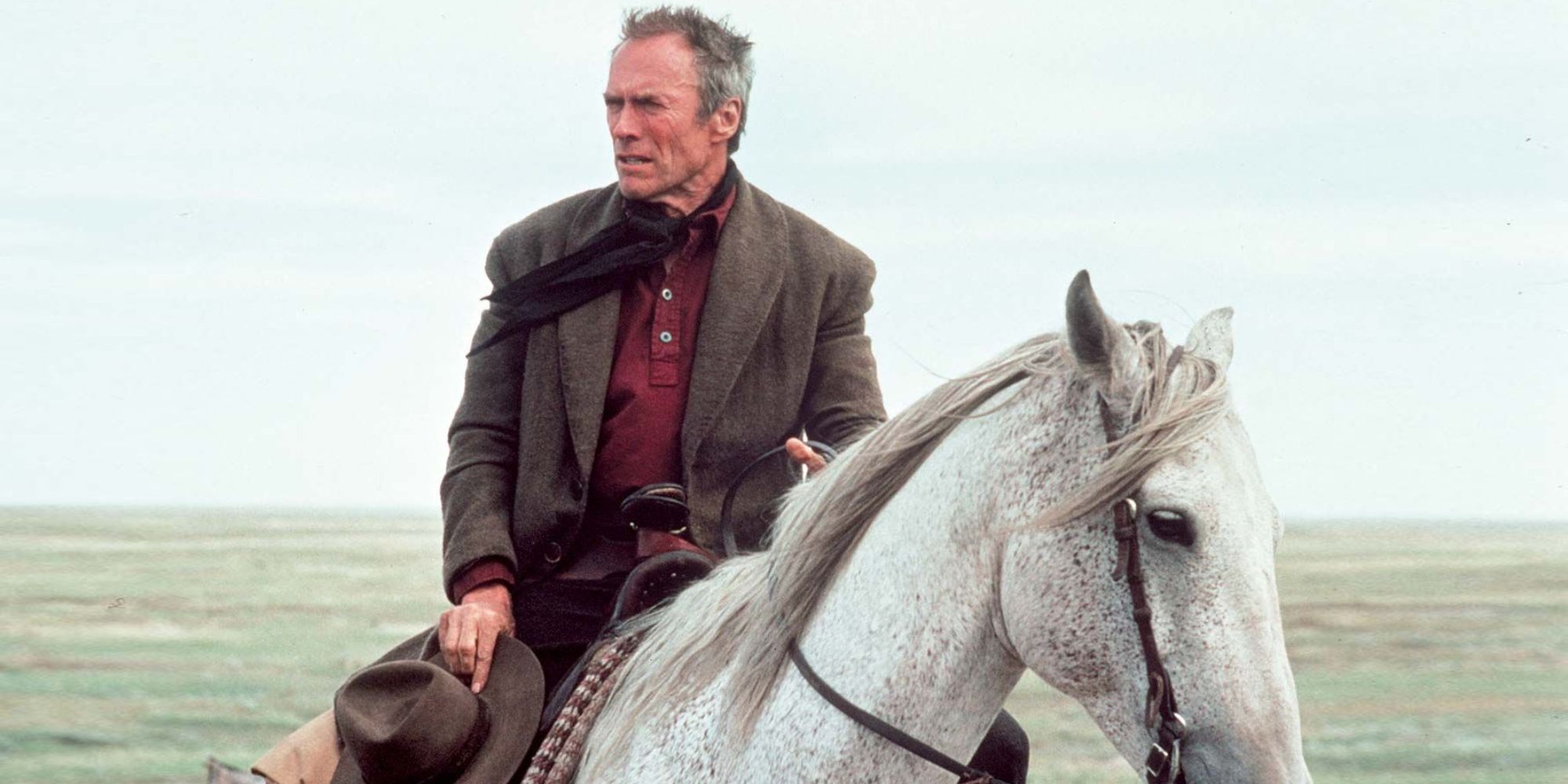
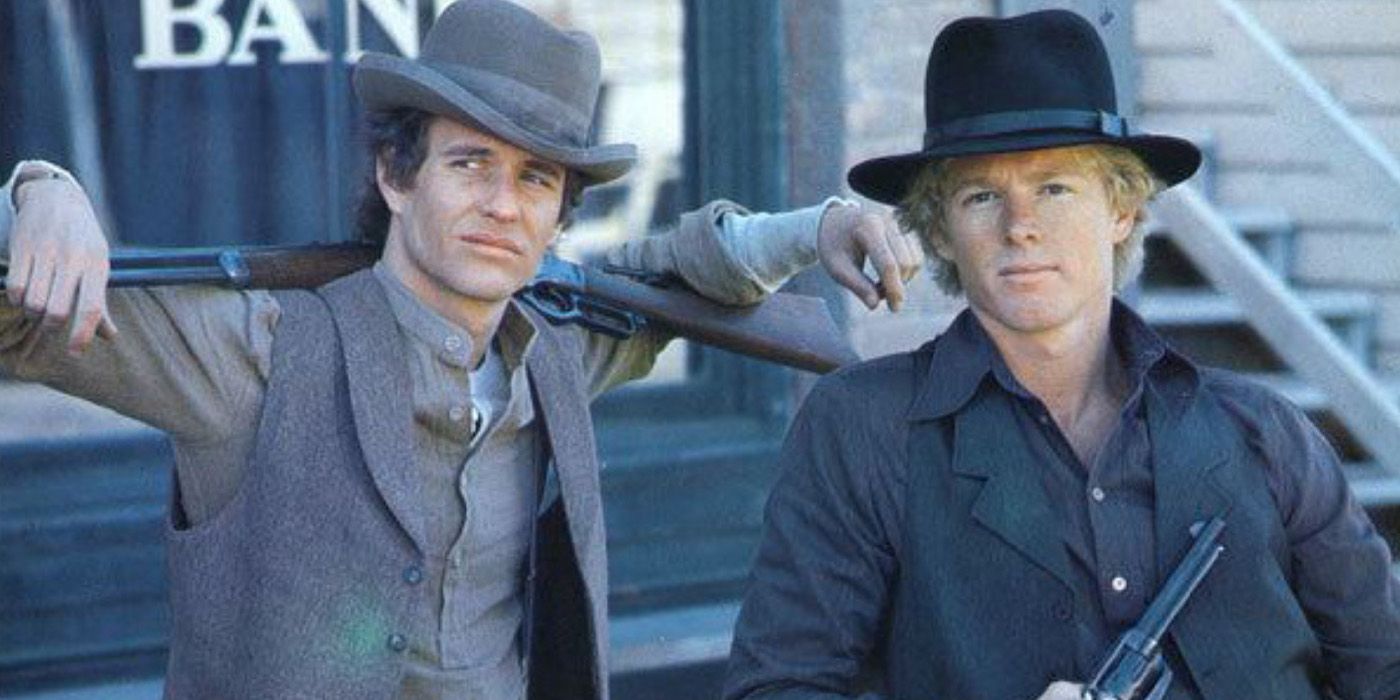
![‘The Acolyte’ & ‘Andor’ Join Forces With Indara and Dedra Meero Vintage Collection Figures [Exclusive] ‘The Acolyte’ & ‘Andor’ Join Forces With Indara and Dedra Meero Vintage Collection Figures [Exclusive]](https://i2.wp.com/static1.colliderimages.com/wordpress/wp-content/uploads/2024/06/the-acolyte-episode-1-carrie-anne-moss.jpg?w=1200&resize=1200,0&ssl=1)

